Pakistan’s foreign policy has undergone ups and downs since its inception as the country engaged in various alliances which changed its foreign policy from time to time.
Joining the US-based alliances, supporting US missions, and aligning itself with the West are the turning points of Pakistan’s foreign policy.
Moreover, the hostile relationship with India, the changing behavior of the US from time to time, US policies in the Asian region after 9/11, the US ‘Pivot to Asia’ policy, and Indo-US strategic cooperation were things that drove Pakistan to re-shape its foreign policy.
Objectives of Pakistan’s Foreign Policy
Pakistan’s foreign policy is essentially geared at achieving its national objectives of peace and stability through international cooperation.
A focus is placed on economic diplomacy in order to take advantage of the globalization process and to meet the problems of the 21st century. The objective is also to present an image of a dynamic and reasonable society.
Correspondingly, Pakistan’s foreign policy strives to promote globally accepted standards of interstate relations, such as respect for the sovereignty and territorial integrity of all states, non-interference in the internal affairs of other states, non-aggression, and peaceful resolution of disputes.
Therefore, Pakistan has always attempted to establish amicable and cordial relationships with other nations. The most effective methods and strategies for achieving these Foreign Policy objectives have evolved over time.
Perspective from the Past
Exploration of Relationship 1947-53
It was a time of exploration of relationships and friendships with every state from 1947 to 1953. Afghanistan’s claims on NWFP and Balochistan were a problem in the early years, as was Soviet support for Afghanistan as Pakistan joined the US defense effort later on.

There were other security imperatives during this time period, such as army organization, weapon purchases, the retention of British officers, and officers sent to the UK and other Commonwealth states for training.
Alignment with the West 1953-62
From 1953 to 1962, Pakistan aligned itself with the West, signed a number of treaties with the West, and received economic and military aid in return—entangled in the Cold War.
An acute sense of unease and economic difficulties were the obvious driving forces behind this alignment.

Depleting gold reserves and cotton price crisis of the 1950s-Wheat shortage (the US came with wheat as a gift). It was clear that the UN and Common Wealth (CW) nations would not be able to help with the Kashmir issue because of the country’s isolation.
Pakistan’s foreign policy was compromised as a result of this alliance. Prospects of relation with the Soviet Union suffered- resorted to two-pronged strategy against Pakistan as it extended support to India and supported Afghanistan claim.
In addition, Pakistan was kicked out of the Non-Aligned Movement (NAM) in 1961, and China openly criticized its entry into the organization. In the Kashmir dispute, the United States did not side with Pakistan.
Re-examined alignment policy 1962-71
The alignment policy was re-examined during the transitional period from 1962 to 1971. Rethinking was sparked by two major developments: the U2 plane incident and the Kennedy administration’s closeness to India (a counterweight to China) offered a nuclear umbrella but did not ask to make any security commitment.
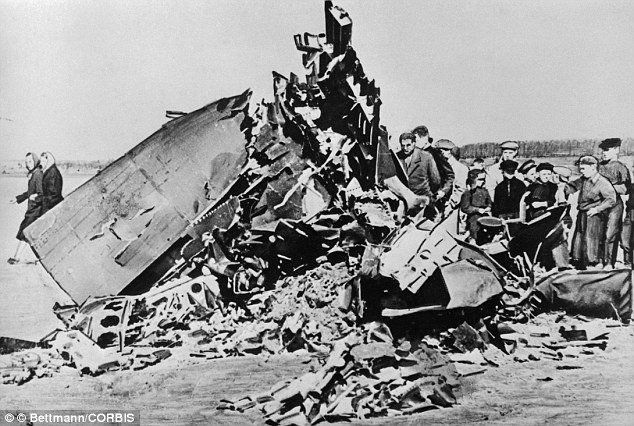
The Soviet Union approached India and Pakistan with a moderate stance. Agreements for economic and technical cooperation and oil exploration were made between Pakistan and the USSR.
During their 1965 trip to Moscow, Bhutto and Ayyub met with Soviet officials. The Soviet Union agreed to help Pakistan with 30 development projects over the next five years 1965-70. The Soviet Union arranged the Tashkent agreement of 1966.
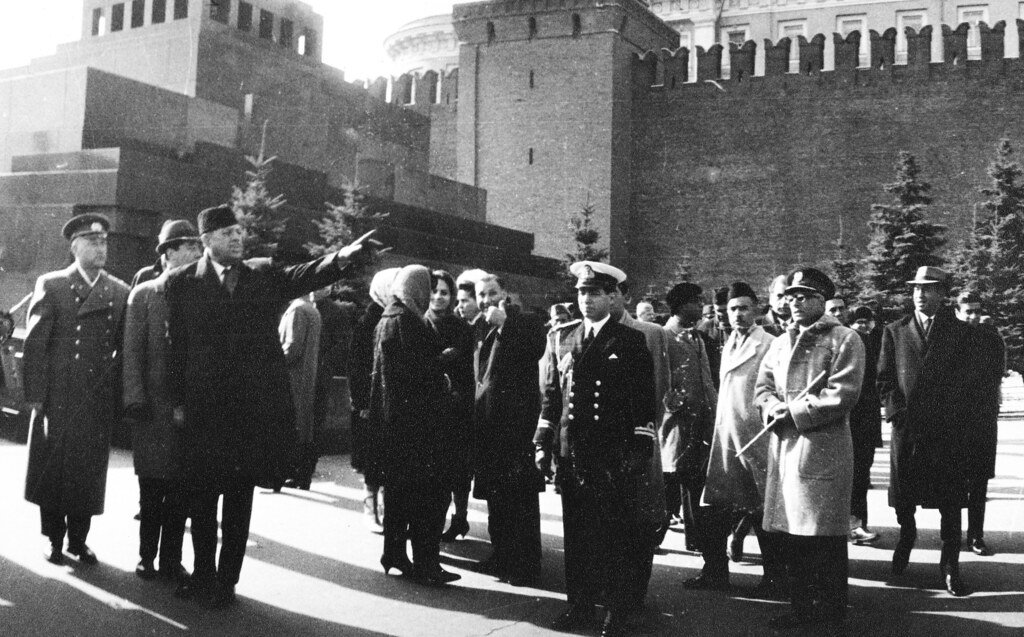
The movement to an independent and pluralistic perspective on foreign policy (FP) occurred during this period of 1962–1971, when Pakistan had bilateral and multilateral relations with multiple states, did not withdraw from US-sponsored pacts, and didn’t endorse the Asian collective security system proposed by the Soviet Union (SU).
Conflicting national aspirations, mutual mistrust, and three wars — a limited conflict in Runn of Kutch in 1965 and two full-scale conflicts in 1965 and 1971 — characterize Pakistan’s relationship with India. Besides, there were six unsuccessful rounds of Kashmir talks: 1962-63.
Non-Alignment and bilateral-ism 1972-79
Between 1972 and 1979, bilateralism and non-alignment emerged, with the realization that no permanent alignment but mutual interest fosters relations, without alienating one for the sake of another.
Withdrawing from SEATO and CENTO in 1972, Pakistan has since developed a diverse network of trade, economic, and diplomatic ties with countries in Africa, Asia, and the Americas (particularly with Yugoslavia and Romania).
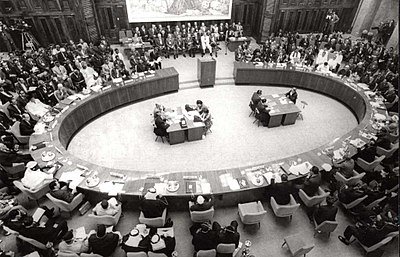
In 1979, Pakistan joined the NAM as a member country. During this time, relations between India and Pakistan improved, as did ties with other major powers.
Fight against the Soviet Union in Afghanistan
Pakistan fought alongside the United States in Afghanistan from 1980 to 1990. The USSR’s intervention in Afghanistan was seen as an act of aggression against a neighboring Muslim state.
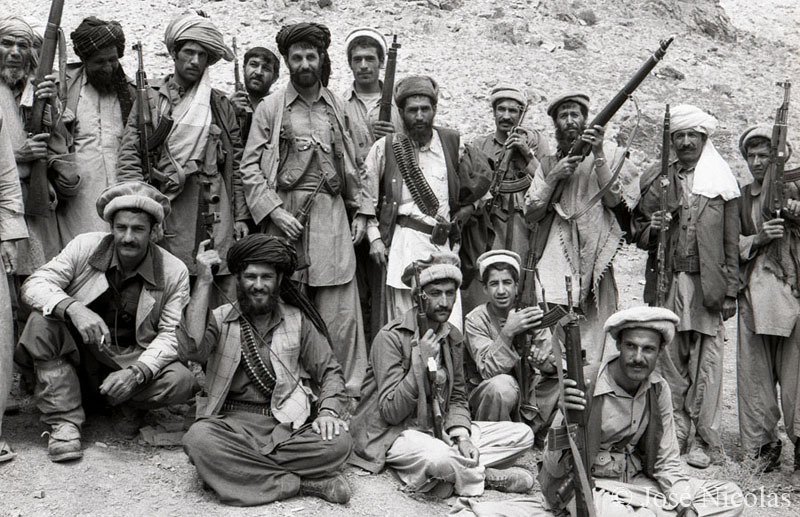
As many as 3 million refugees were allowed to cross the Pakistani-Afghan border in a single year. Two aid packages were made available during this time period, marking a watershed moment in Pakistan-US relations (economic and military).
During this time, relations with the United States became closer, the ISI and the CIA collaborated, and Arab states were encouraged to send soldiers to fight in Afghanistan.
Pakistan-US relations deteriorated as a result of the Kashmir insurgency rose, the Afghanistan crisis grew, and the nuclear bomb went off in Pakistan during the 1990s.
A Change in Foreign Policy
As a result of the 9/11 terrorist attacks, Pakistan’s foreign policy was fundamentally reshaped. Pakistan turned its back on the Taliban and allowed US planes access to its military airbases.
The United States lifted sanctions against Pakistan and began efforts to mend fences with that country. The United States provided assistance in the form of a $3 billion assistance package, including support from the World Bank, IMF, and ADB.
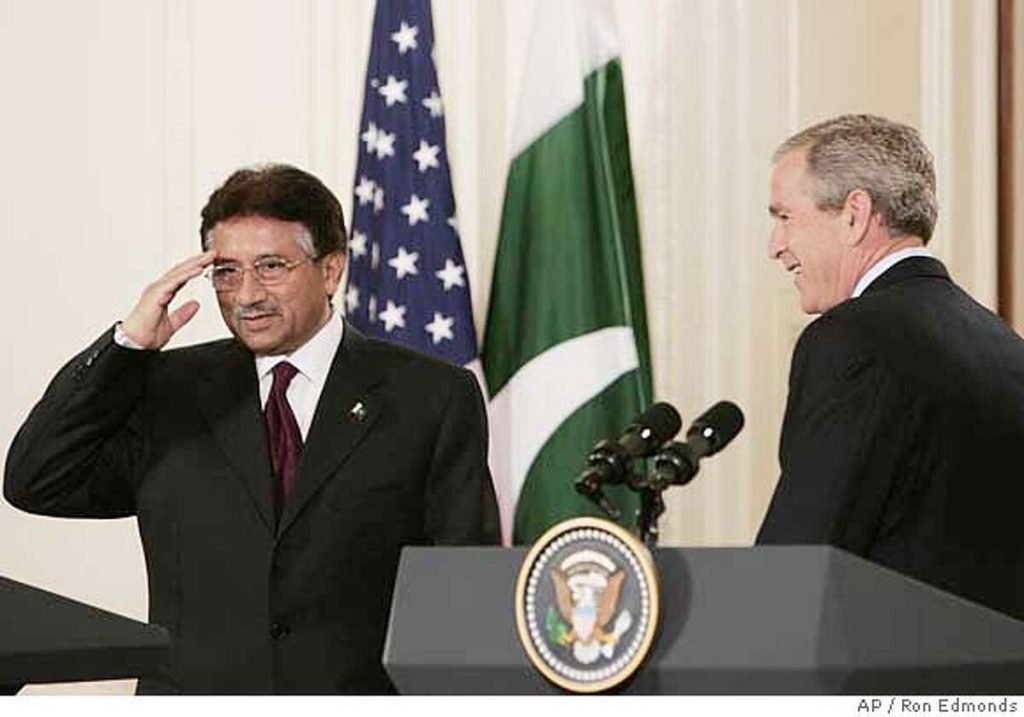
Since 2005, the United States has urged Pakistan to “do more” to combat militant organizations. With regard to Haqqani militants, the United States has been accusing Pakistan of not doing enough.
“We have been clear-eyed in our interaction with Pakistan that we believe that they need to do more to root out terrorists who find safe havens in some of their territory,” State Department spokesperson Mark Toner said in May 2016.
Policy of US ‘Pivot to Asia’
The strategic landscape of the Asia-Pacific region has undergone a dramatic shift since the announcement of the US “Pivot to Asia” policy. The US-China competition has taken center stage.
It is clear from the QUAD summit held in Tokyo, Japan, where the member states set new strategies, including the Indo-Pacific Economic Framework, that Pakistan will adapt to these trends in the region.
PM Kishida: I invited President Biden of the United States, Prime Minister Modi of India, and Prime Minister Albanese of Australia to Tokyo, where we held the #Quad Leaders’ Meeting, with myself as Chair. (1/2) pic.twitter.com/X2Bs4qIfSi
— PM’s Office of Japan (@JPN_PMO) May 25, 2022
Developments in the region directly impact Pakistan; a key regional player. Relatively speaking, relations between the United States and Pakistan are at an all-time low following the US withdrawal from Afghanistan.
India- United States Strategic Alliance
Washington and New Delhi have dramatically altered their approach to strategic cooperation. Both India and the United States are becoming warier of China’s growing assertiveness, which is bringing them closer together.
Save the Date for our 5th Annual Leadership Summit: Celebrating 75 Years of Partnership! We hope to see you there. 🇺🇸🇮🇳 pic.twitter.com/nu2ZSVLvFu
— USISPF (@USISPForum) June 10, 2022
Things that happened between the US and India at the beginning of the 2000s, such as the civil nuclear agreement, the Next Steps in Strategic Partnership (NSSP), and the 2005 Defense Cooperation Framework Agreement, showed that the US and India could work together more.
A Basic Exchange and Cooperation Agreement (BECA) signed by both countries is a key step toward completing “the triangular foundational pact” for military cooperation between India and the United States.
Pakistan’s place in the rivalry between the United States and China
The US government says that in the future, relations with China, which is a revisionist state, will be “competitive, adversarial, and cooperative.”
The launch of the Quad, Build Back a Better World, AUKUS, the Coalition of Democracies, and foundational agreements with India are all parts of the United States’ global strategy to fight China in the economic and security sectors.
Pakistan doesn’t want to be in the middle of this conflict, and it wants to keep good relations with both of the world’s major powers.
Strained relationship with India
For decades, relations between India and Pakistan have been at a stalemate. There has been no discussion regarding the critical issues that both nations are facing.
Two of the three major wars between India and Pakistan, in 1947 and 1965, as well as a short war in 1999, were caused by disagreements over territory in Kashmir.

Even though there has been a fragile cease-fire between the two countries since 2003, they still shoot at each other across the disputed Line of Control.
Due to the ongoing violence in Kashmir and the growing threat of terrorist attacks by militant groups based in Pakistan, tensions between nuclear-armed neighbors India and Pakistan remain high, as do fears of a serious military conflict.
Under Indian Prime Minister Narendra Modi’s Hindutva doctrine, all of India’s religious minorities are persecuted and their religious rights are violated. Recent blasphemous statements made by two BJP officials demonstrate this.
Pakistan is extremely concerned about the alarming increase in sectarian violence and anti-Muslim sentiment in India.
In a number of Indian states, extremist Hindu mobs attack Muslims in a well-coordinated way, making them feel bad about themselves and making them feel like they don’t belong, with the full knowledge and support of the security system.
Pakistan must reconsider its Strategy
Due to recent events in the region, Pakistan must reconsider its international relations strategy. However, Pakistan should prepare for the possibility that it will be required to take a clear stance in a future conflict between the United States and China.
In the midst of South Asia’s geostrategic fulcrum, Russia and China are providing Pakistan with opportunities to become a more powerful nation.
China hopes that Russia will join the China-Pakistan Economic Corridor, which has recently made considerable progress. Since then, Pakistan has authorized Russian use of the Gwadar Port for exports from that nation.
Pakistan will only benefit from a multi-polar new world order in South Asia if it knows its economic, military, and fiscal policies so it doesn’t get involved in the power politics of the major powers, which would be bad for Pakistan.
In international relations, there is no such thing as a permanent enemy or ally for Pakistan’s foreign policy.
Pakistan’s Efforts at Reconciliation with Iran and Saudi Arabia
Relations between Saudi Arabia and Iran are one of the most significant conflicts defining the Middle East’s central stage.
Saudi Arabia and Iran have frequently acted as rivals for influence in the Middle East. Pakistan works with both of these countries and tries to keep the peace and stability in the area.
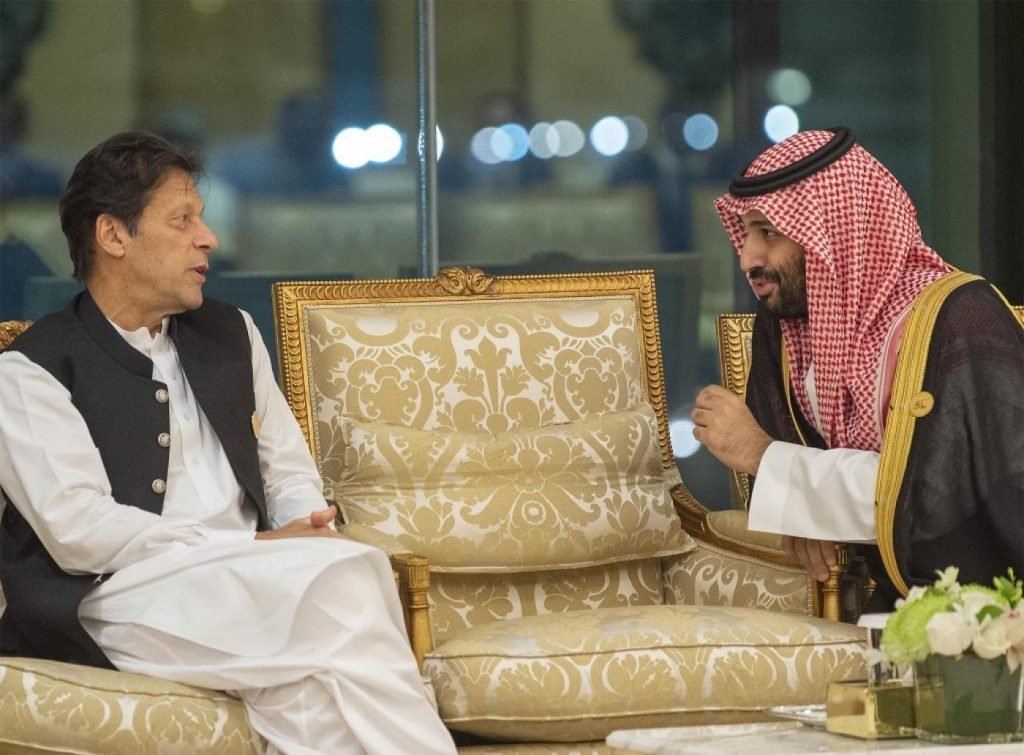
For the sake of regional peace and stability, Pakistan volunteered to bridge the chasm between Iran and Saudi Arabia for the sake of cooperation because, in today’s world, only cooperation is rewarded and defection is not.
Whenever Saudi Arabia has required Pakistan’s assistance in a time of crisis, Pakistan has been at the forefront. Pakistan has been a key part of Saudi Arabia’s “Looking East” policy because it has been a place to start.
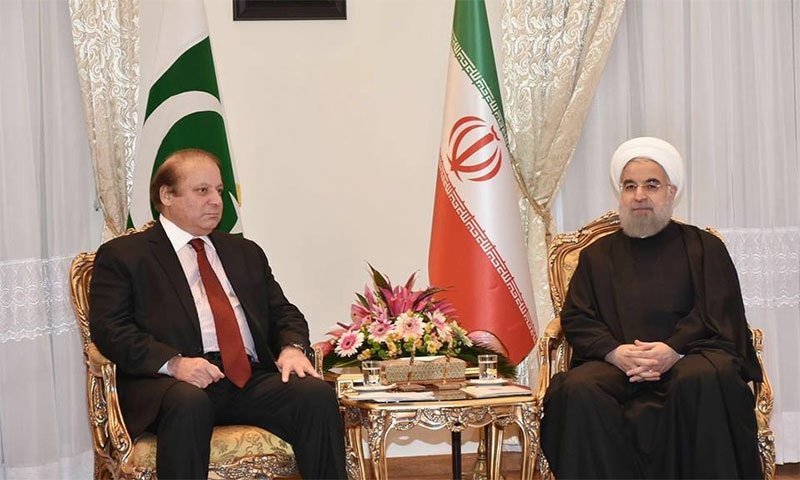
Likewise, as a close neighbor, Pakistan places a high value on its relations with Iran and seeks to preserve them.
Pakistan is also opposed to a schism between the country’s two largest religious groups, Sunni and Shia. Pakistan has taken steps to defuse the escalating tensions between Saudi Arabia and Iran.
Pakistan-China ‘Iron brothers’
In contrast to the animosity and mistrust that characterize Sino-Indian and Pakistan-Indian relations, Pakistan’s relationship with China represents a bright spot in its foreign policy.
This cooperation, which is often used as a model for how states should work with each other, has grown over the last seventy years, even though there have been some problems.
Both nations view their friendship as a contributor to regional peace and stability rather than a weapon in power struggles.
Ties with 🇨🇳 ‘cornerstone’ of 🇵🇰’s foreign policy and this relationship will further deepen into new heights of development in the PM Shehbaz Sharif’s new government:Senator @Mushahid Hussain Sayed, Chairman Pakistan Senate Defense Committee & @pcipakchina @CathayPak @CMShehbaz pic.twitter.com/CfZUPZoyS5
— CPEC Official (@CPEC_Official) April 17, 2022
In addition, the CPEC is a partnership initiative with no ulterior motive. Its objective is to assist Pakistan in overcoming its severe development deficit and facilitate the nation’s emergence as a regional commercial and energy powerhouse.
Adapting to Russia
Improving relations with Russia has been a foreign policy objective of Pakistan. The relationship between Pakistan and the US has gotten worse because Pakistan hasn’t done enough to stop terrorists from using Pakistan as a base to operate in Afghanistan.
In the meantime, a resurgent Russia is attempting to reassert itself as a major player on the international stage and is actively attempting to expand its sphere of influence in South Asia.
🇷🇺🇵🇰 On May 1, 1948, diplomatic relations between our country and Pakistan were established.
🤝 Today, Russia & Pakistan are major foreign policy partners.
💬 Sergey #Lavrov: Russian-Pakistani relations are constructive and mutually beneficial.
🔗 https://t.co/OPUpnkqlAA pic.twitter.com/E0h7kVZLle
— MFA Russia 🇷🇺 (@mfa_russia) May 1, 2022
Pakistan and Russia signed an agreement to work together on defense in November 2014. This was the first big sign that things were changing between the two countries.
In addition to bilateral activities, Russia supported Pakistan’s full membership in the Shanghai Cooperation Organization (SCO).
Pakistan also benefited from the fact that Russia thought India was trying to get weapons from different places and was slowly getting closer to the US.
In August 2017, the Pakistan Army Aviation Corps bought four Mi-35M “Hind E” attack helicopters from Russia for $153 million. This was part of a deal that was made in August 2015.
In addition to the shipment of arms, both nations have conducted military exercises together. Support for the Afghan Taliban appears to be an area in which Pakistan and Russia have found a common interest.
Russia also acknowledges Pakistan’s assistance in the fight against terrorism, albeit to a lesser extent.
Pakistan and Russia are getting along better, and their relationship has many different sides. These are important steps in Pakistan’s foreign policy as a whole.
Pakistan remains neutral in Russia-Ukraine War
The ongoing war, which started when Russia invaded Ukraine, has made the world split into east and west.
Pakistan hasn’t taken a side on the issue, so it didn’t vote for a US-backed resolution that asked other countries to condemn Russia for going to war in Ukraine.
Major Obstacles
Primarily, Pakistan is attempting to strike a balance between its relations with the Afghan Taliban and the United States (US). Both parties assert that Pakistan supports the opposing side.
In the same way, both parties believe they have been duped by Pakistan. The United States believes that Pakistan has misplaced the key to peace in Afghanistan.
In the second place, Pakistan has difficulty striking a balance between its political and economic relations with China and the United States.
Pakistan has been a longtime ally of the United States, but it is also a longtime ally of China, which has supported Pakistan in the United Nations Security Council and helped Pakistan develop nuclear energy. Both nations anticipate Pakistan to remain on course with them.
The third issue is that Pakistan struggles to strike a balance between its geo-economic policies and its rapidly improving relations with India.
Prior to 2018, geo-economics required Pakistan to strengthen its risky trade ties with India. Pakistan is limited because it can’t trade with India normally until the Kashmir dispute is settled.
Similarly, economic ties with the United States and the European Union are more crucial. In June 2022, the Financial Action Task Force (FATF) will review Pakistan’s status, and both the United States and the European Union will play a crucial role.
Specifically, garments and textiles, Pakistan’s exports are destined for the European Union. The exports of Pakistan to the United States are also significant. Pakistan cannot afford to disregard US and EU policies at the same time.
Suggestions
Today, Pakistan’s foreign policy needs to be looked at again and rethought in a way that improves the country’s image abroad and works for the public good.
The policy must be brought to a parliamentary forum so that a transparent, free, and fair foreign policy can be formulated for the greater good of the nation’s citizens rather than at the behest of external powers, especially the United States.
Pakistan can only have the best foreign policy if it has a strong political will and acts in a practical way.
As a nation, Pakistan must be viewed as dynamic and forward-thinking while maintaining cordial relations with the world’s major powers and our neighbors.
Pakistan must also safeguard its geostrategic and national security interests, which include Kashmir. At the same time, Pakistan must also strengthen its economic and commercial ties with foreign nations.
*The writer is a Research Fellow at The Diplomatic Insight and Institute of Peace and Diplomatic Studies
**The Diplomatic Insight does not take any position on issues and the views represented herein are those of the author(s) and do not necessarily reflect the views of The Diplomatic Insight and its staff.







